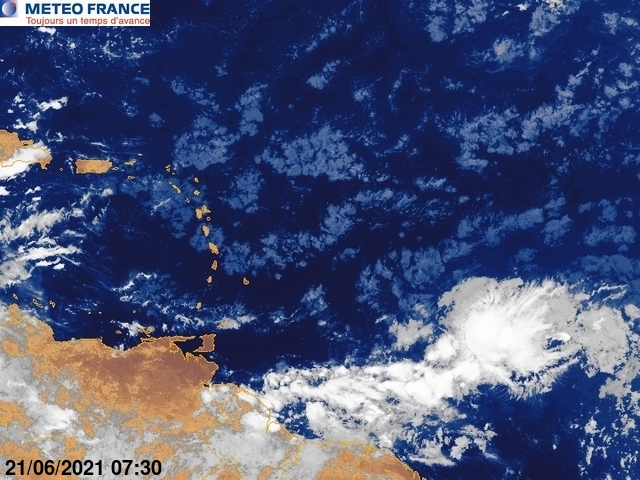ozonepete wrote:srainhoutx wrote:If I recall correctly, the NHC mentioned in the Advisories that a slow down was expected as this feature neared the Leewards.
A slowdown almost always occurs as a TC enters a recurve. Due to conservation of angular momentum, it slows down going into a curve and accelerates out of it. So yeah, it should be slowing down if it hasn't already.
Sorry, but conservation of angular momentum doesn't work that way for a tropical cyclone's translational motion. Remember, a tropical cyclone is not an object, it's a vortex, which itself is a dynamic pattern within a fluid -- in this case, the atmosphere. The laws governing the motion of a vortex in a fluid are indeed derived from Newton's laws of motion, but they are not applied in the same way as if you were applying them to a solid object like a car driving around a bend in a road: it's quite a bit more complicated than that.
The consequences of this are that tropical cyclones can change speed and direction much more rapidly than they would if they were solid objects of a comparable size and mass. It all depends on the dynamic nature of the steering currents they are embedded in, and the highly nonlinear interaction of the vortex with these steering currents.










